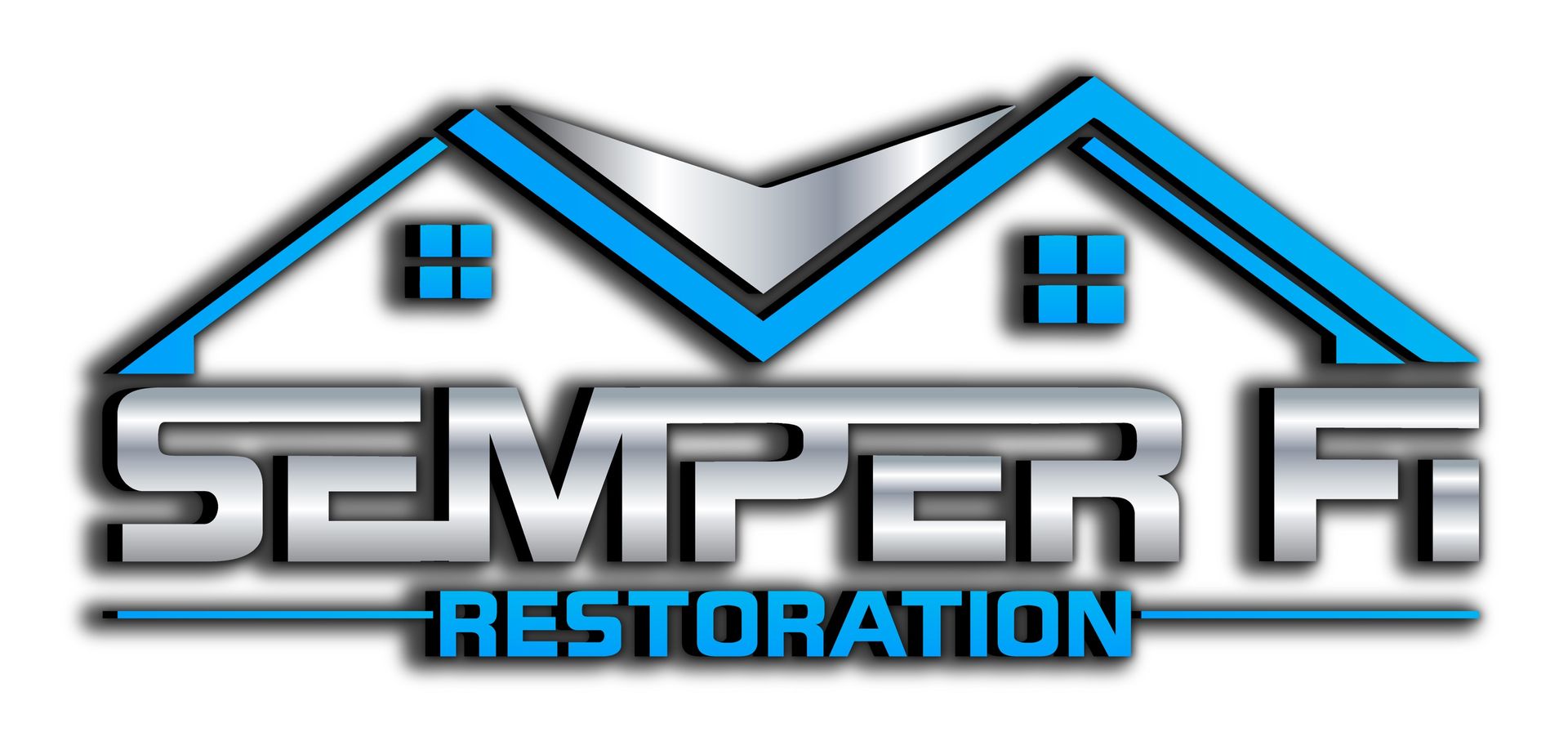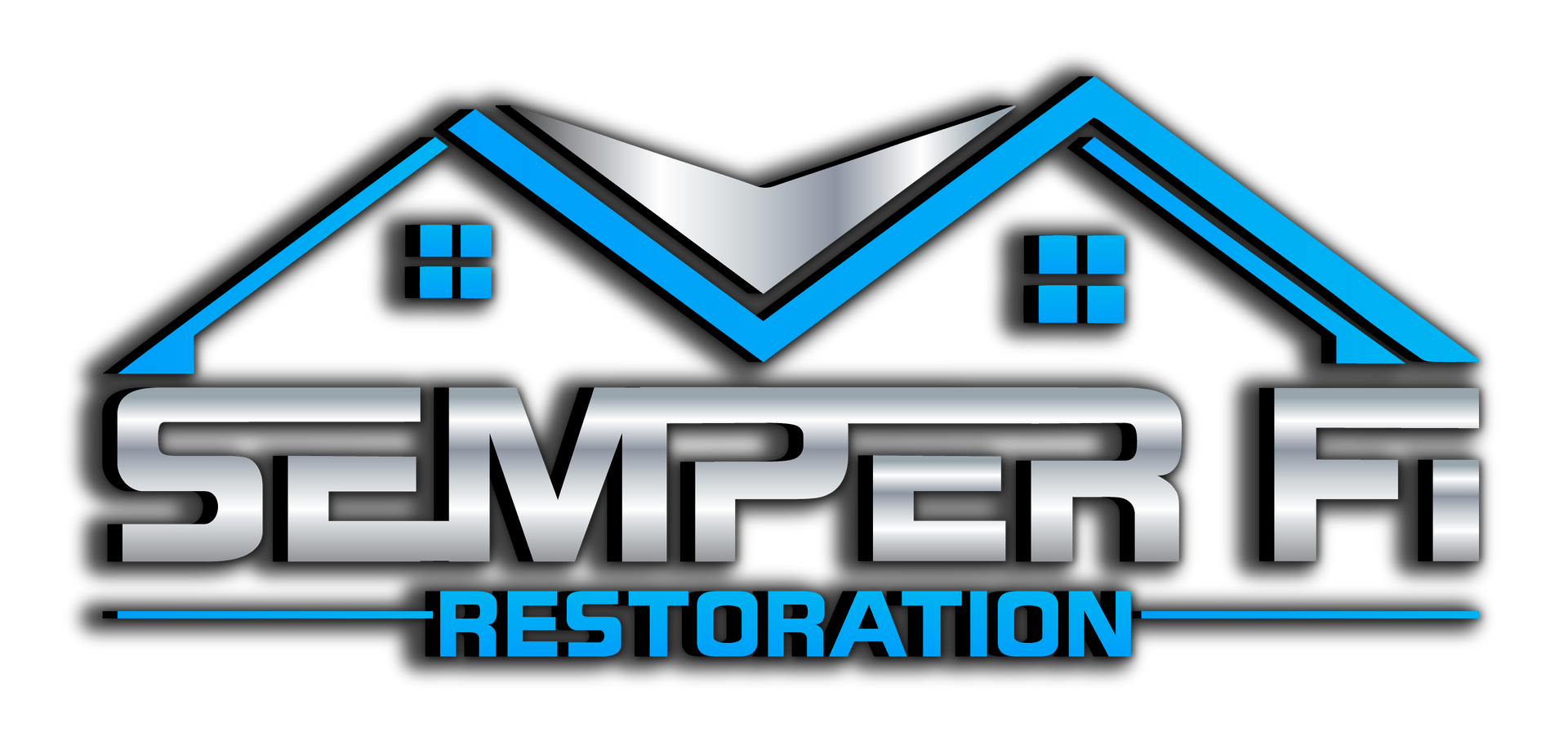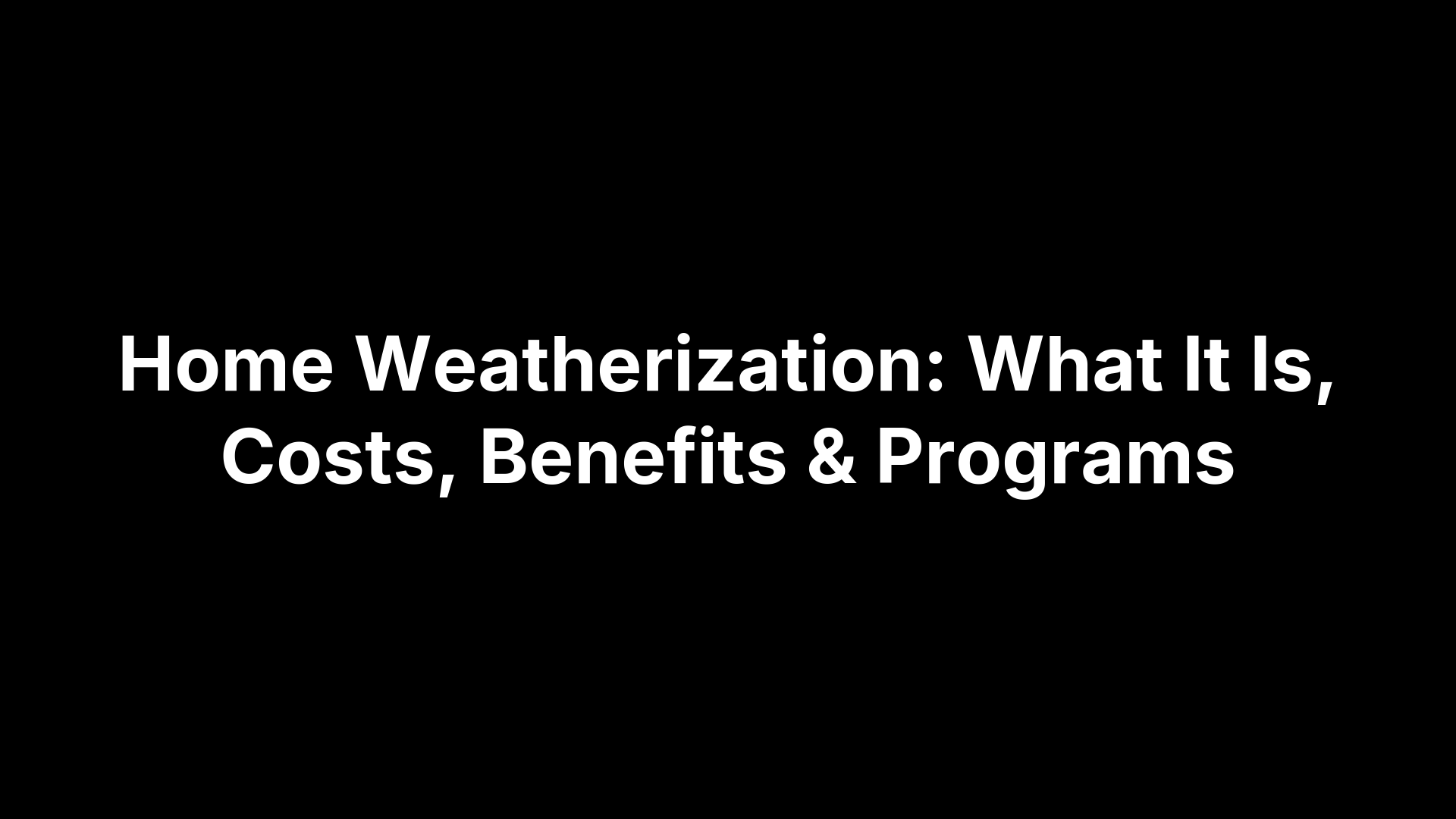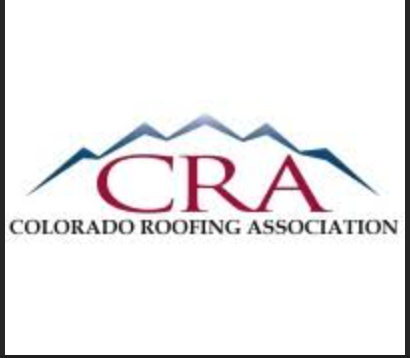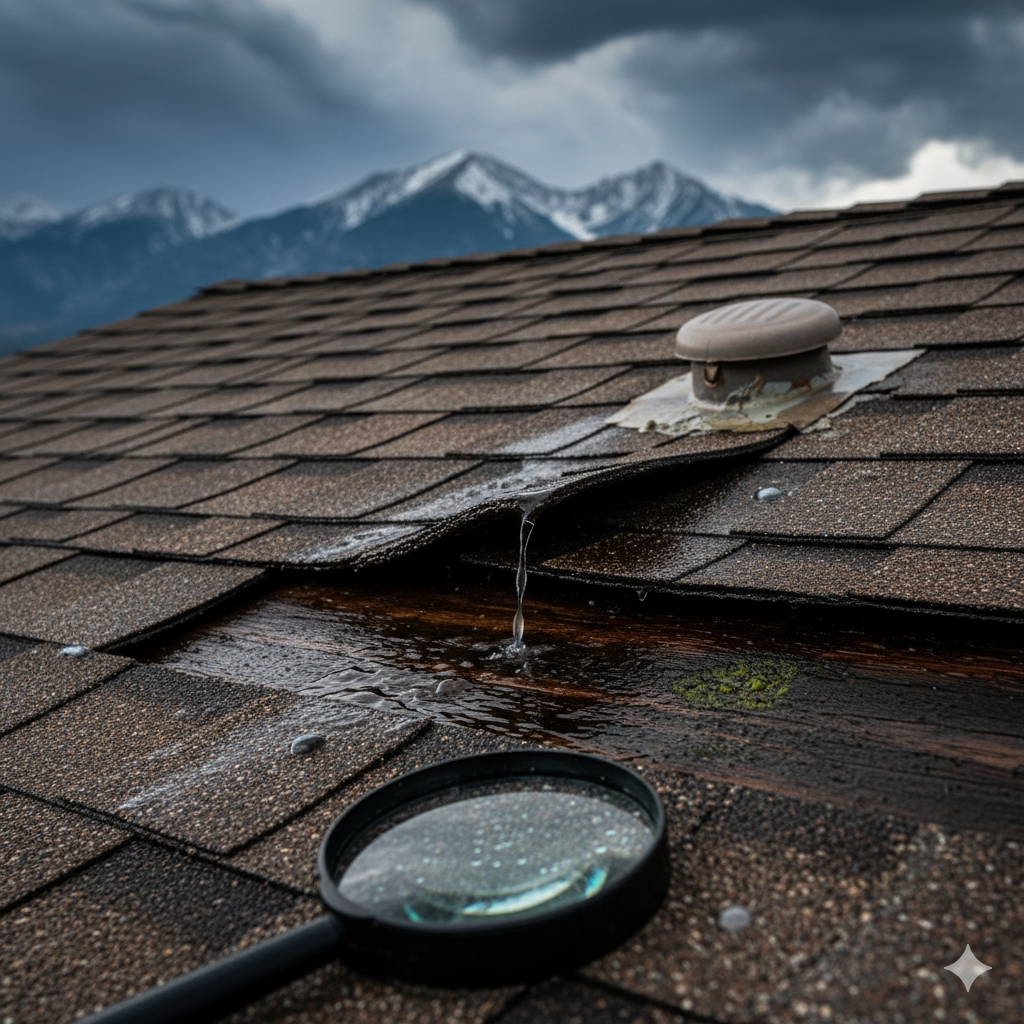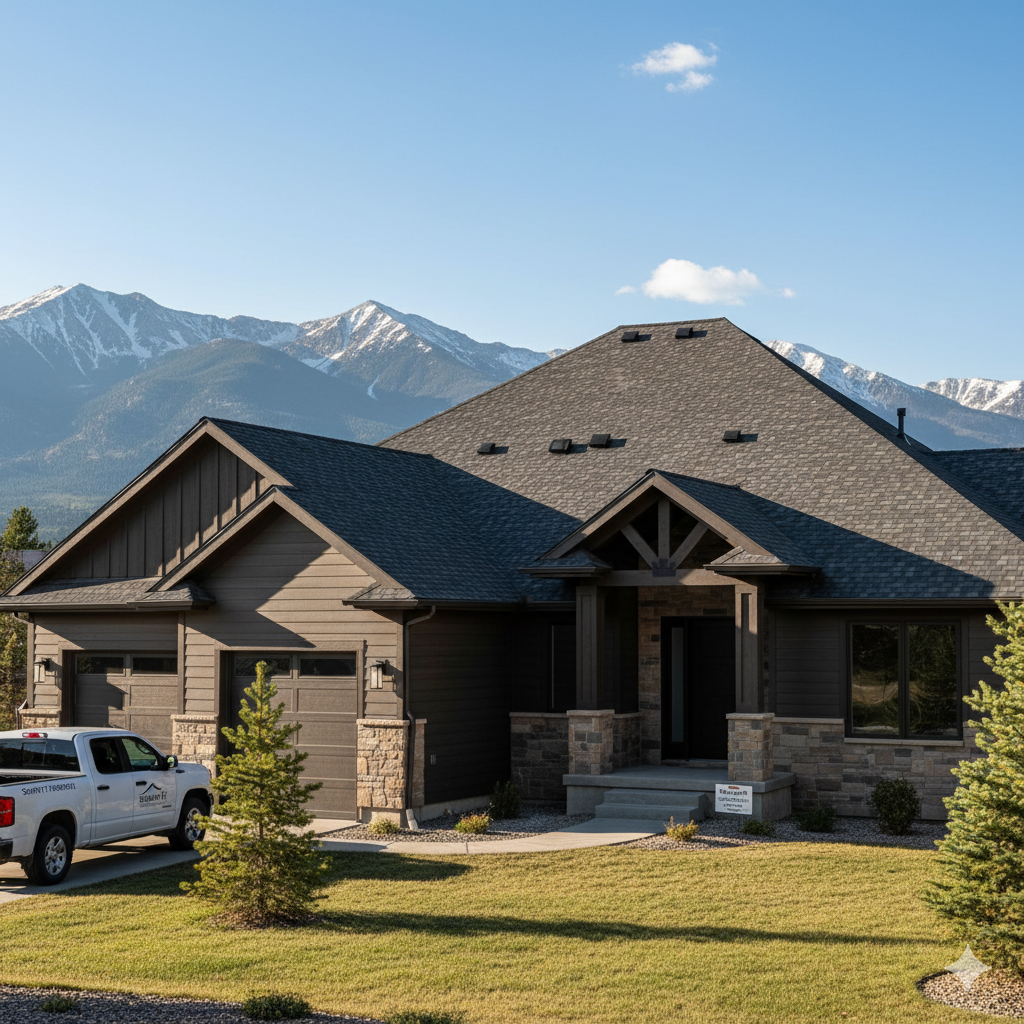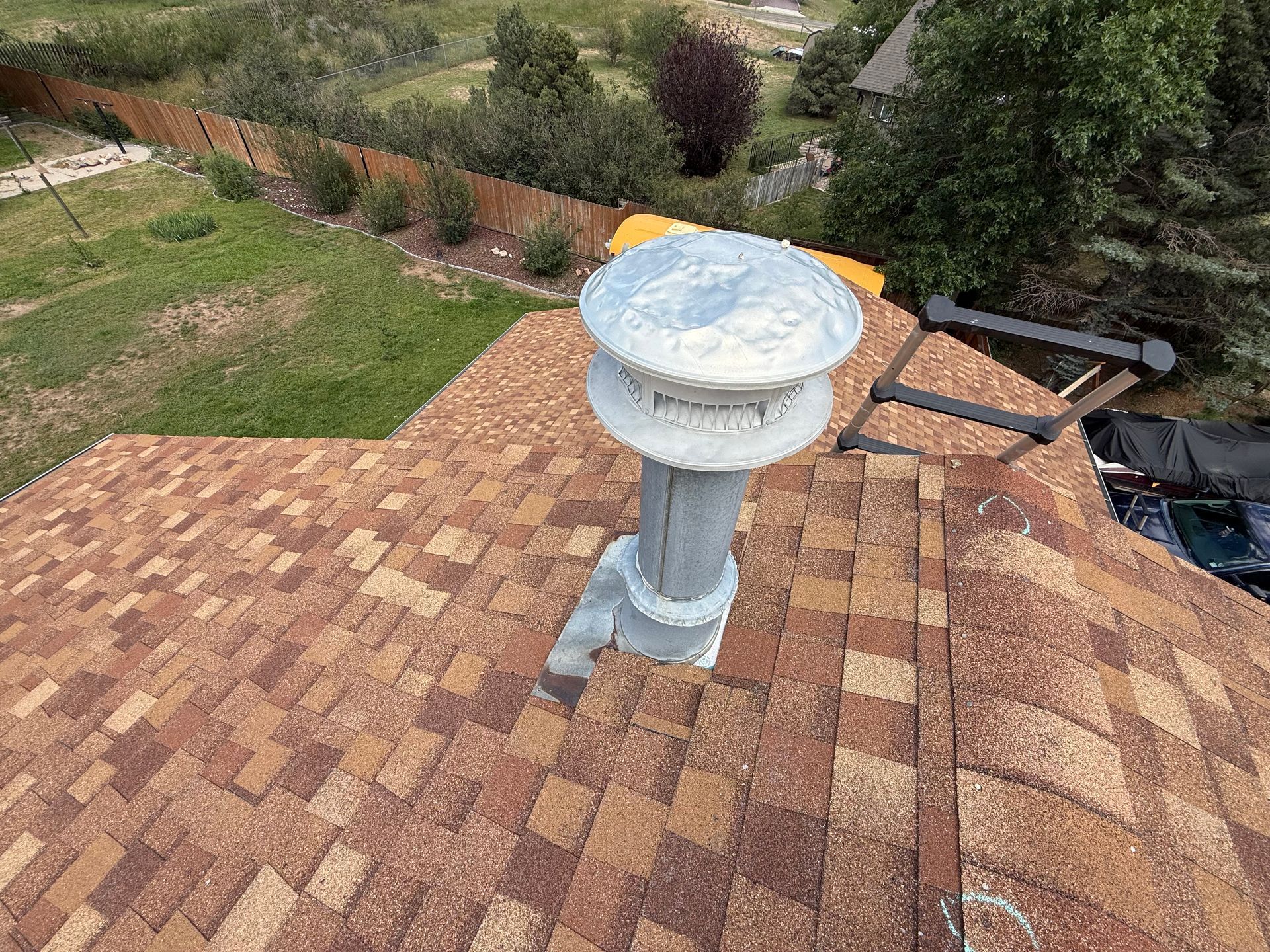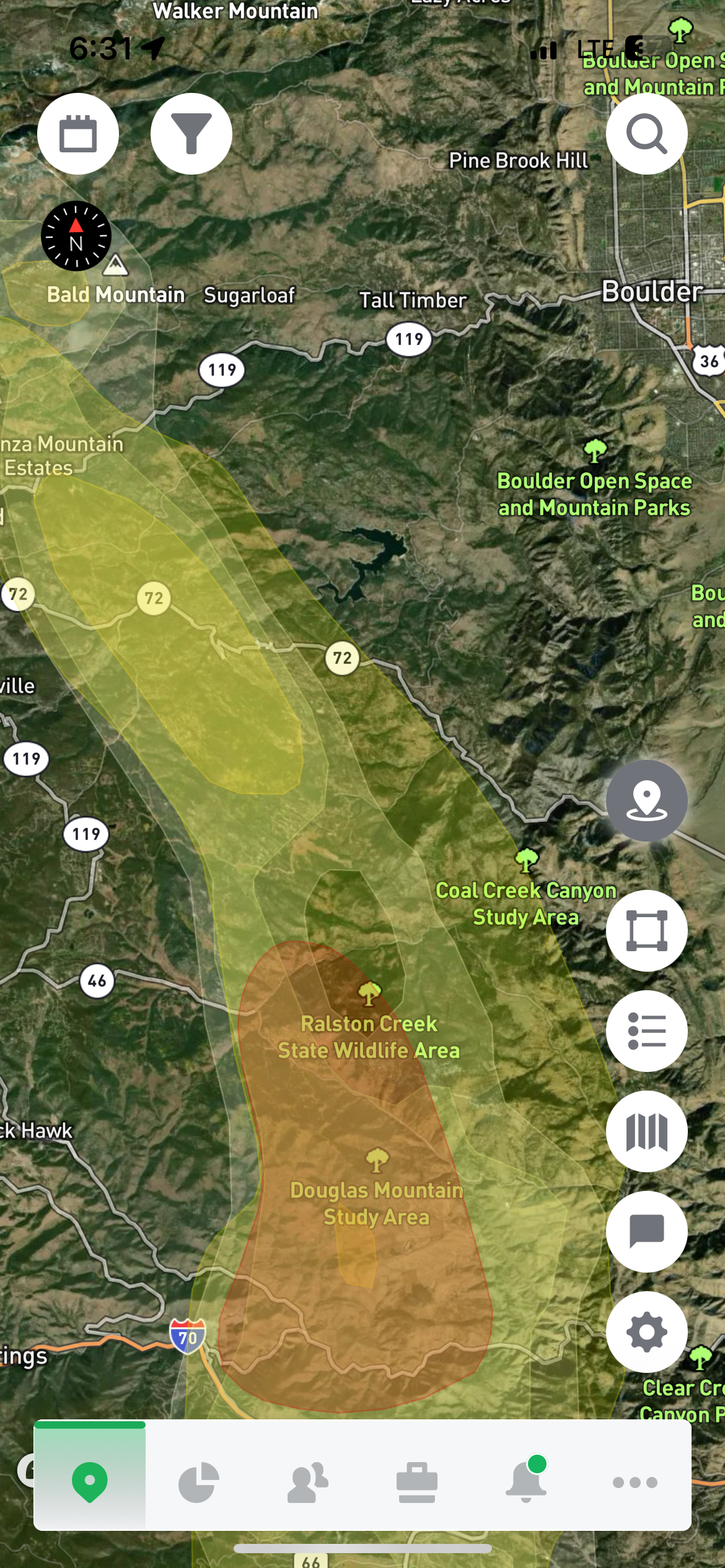Timing is Everything: How to Navigate Roof Insurance Claims After a Colorado Hailstorm
Josh Bosley • April 17, 2025
Navigating the Days after a Major Colorado Hailstorm

When the skies above Northern Colorado start to darken with the threat of hailstorms, it's crucial for homeowners to be prepared not just for the storm itself, but also for the aftermath. Understanding the importance of timing when it comes to filing a roof insurance claim can make all the difference in safeguarding your home and finances. Often, hail damage can be subtle and easily overlooked, which is why a free, no-obligation roof inspection is an invaluable resource. By choosing a local, veteran-owned company, you not only support your community but also ensure that your home is in the hands of experts who truly care. As we enter the hail season, now is the perfect time to book your free roof inspection and stay a step ahead of the next storm
Understanding Colorado's Hail Season
Colorado's hail season is a critical time for homeowners to be vigilant. Understanding the typical timeline of hailstorms and recognizing often-overlooked signs of damage can help you protect your property effectively.
Typical Hailstorm Timeline
Colorado's hail season typically runs from mid-April to mid-September, with peak activity in June and July. During this period, warm, moist air from the Gulf of Mexico collides with cool air from the Rockies, creating ideal conditions for hailstorms.
Most hailstorms in Colorado occur in the late afternoon or early evening, often between 3 PM and 7 PM. These storms can develop quickly, sometimes with little warning.
The duration of a hailstorm can vary, but most last between 5 to 10 minutes. However, some severe storms may persist for up to 30 minutes, causing significant damage.
Commonly Overlooked Hail Damage Signs
Hail damage isn't always immediately apparent, and many homeowners miss crucial signs. Understanding these subtle indicators can help you identify potential issues before they worsen.
Look for small, dark spots or "bruises" where hail has impacted your roof. These may be soft to the touch or show exposed underlayment when pressed.
Check for granules from your shingles in gutters or downspouts. Excessive granule loss can indicate hail damage and compromise your roof's integrity.
Inspect metal surfaces like vents, flashing, or chimney caps for dents or dings. These areas can reveal hail damage that might not be visible on the shingles themselves.
Timing and Insurance Claims
When it comes to roof insurance claims after a hailstorm, timing is crucial. Understanding the importance of swift action and knowing how to maximize your insurance claim can save you significant stress and financial burden.
Importance of Swift Action
Acting quickly after a hailstorm is essential for several reasons. First, most insurance policies have a time limit for filing claims, typically within one year of the damage occurring.
Prompt action also helps prevent further damage to your property. Even minor hail damage can lead to leaks or structural issues if left unaddressed, potentially voiding your insurance coverage.
Quick reporting increases the likelihood of accurate damage assessment. As time passes, it becomes harder to distinguish between storm-related damage and normal wear and tear.
Maximizing Your Insurance Claim after a Colorado Hail Storm
To get the most out of your insurance claim, follow these steps:
- Document the damage thoroughly with photos and videos.
- Contact your insurance company immediately to report the damage.
- Schedule a professional roof inspection to assess the full extent of the damage.
- Keep all receipts for temporary repairs or related expenses.
- Be present during the insurance adjuster's inspection to ensure all damage is noted.
Remember, you have the right to choose your own contractor for repairs. Don't feel pressured to use the insurance company's recommended provider if you're not comfortable with their choice.
Choosing the Right Roofing Partner
Selecting the right roofing company is crucial for ensuring quality repairs and a smooth insurance claim process. Local, veteran-owned companies often provide unique advantages, and taking advantage of free roof inspections can be incredibly beneficial.
Value of Local Veteran-Owned Companies
Choosing a local, veteran-owned roofing company offers several benefits:
- Community Investment: These companies are deeply rooted in the community, ensuring they're committed to quality work and customer satisfaction.
- Military Precision: Veteran-owned businesses often bring military-instilled values of discipline, attention to detail, and integrity to their work.
- Local Expertise: They have intimate knowledge of Colorado's climate and building codes, ensuring your roof repairs meet all local requirements.
Moreover, by supporting veteran-owned businesses, you're contributing to the local economy and helping our nation's heroes transition successfully into civilian life.
Benefits of a Free Roof Inspection
Taking advantage of a free roof inspection offers numerous benefits:
- Early Detection: Professional inspectors can identify damage that might not be visible to the untrained eye, potentially preventing costly repairs down the line.
- Insurance Claim Support: A detailed inspection report can serve as valuable documentation when filing an insurance claim.
- Peace of Mind: Whether damage is found or not, you'll have a clear understanding of your roof's condition.
Remember, a free inspection with Semper Fi Restoration comes with no obligation, allowing you to make informed decisions about your property without financial pressure.
We'd love to do a complimentary roofing assessment for you!
